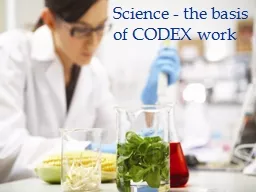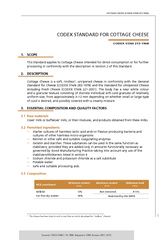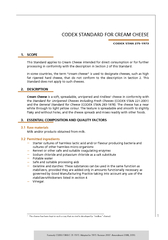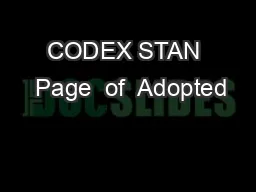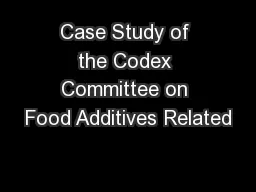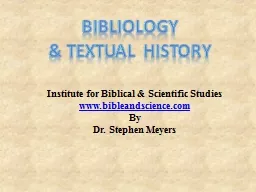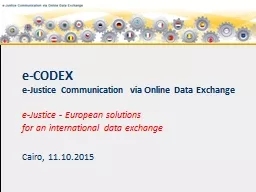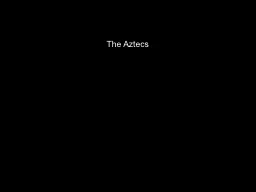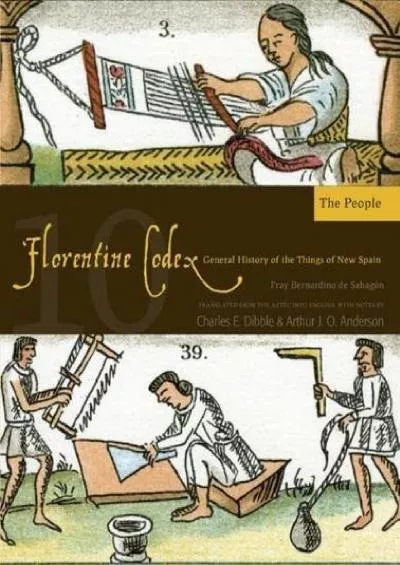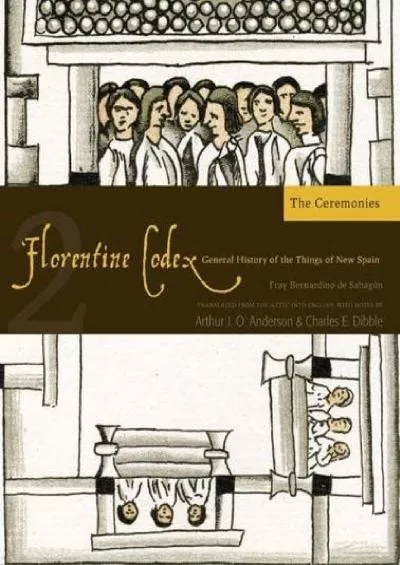PPT-Science - the basis of CODEX work
Author : min-jolicoeur | Published Date : 2016-03-04
The Role of Science in Codex DecisionMaking Key principles Risk analysis guide Codex stds from development to implementation Codex texts shall be based on science
Presentation Embed Code
Download Presentation
Download Presentation The PPT/PDF document "Science - the basis of CODEX work" is the property of its rightful owner. Permission is granted to download and print the materials on this website for personal, non-commercial use only, and to display it on your personal computer provided you do not modify the materials and that you retain all copyright notices contained in the materials. By downloading content from our website, you accept the terms of this agreement.
Science - the basis of CODEX work: Transcript
Download Rules Of Document
"Science - the basis of CODEX work"The content belongs to its owner. You may download and print it for personal use, without modification, and keep all copyright notices. By downloading, you agree to these terms.
Related Documents

